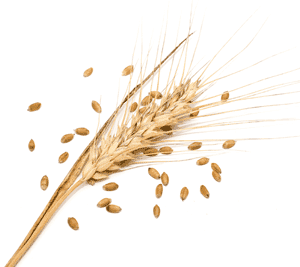The global seed treatment market is estimated at over $2.5 billion in 2009 and will continue to grow as it is considered a cost-effective method to protect the increasingly valuable seed. According to data from Seed Treatment 2009 Global Series: Market Analysis and Opportunities conducted by worldwide consulting and research firm Kline & Company, the most rapidly growing markets are projected to be corn in Argentina and Brazil and soybeans in Brazil, growing at a rate above 7.5%.
Crop acres and higher seed costs are the main market drivers for seed treatment. Increased seed cost, especially in countries with high use of costly genetically modified seed types, have been encouraging growers to rethink their prior strategy of seeding at high rates to insure against losses due to insects and diseases. As a result, it has been even more important to protect the reduced plant populations by using the best available seed treatments.
According to this report, the United States is the leading seed treatment market, accounting for more than 50% of the global markets studied. Brazil ranks second, accounting for more than 15% of the total.
Fungicides are the leading seed treatment products on a hectare-treated basis with over 200 million hectares. Insecticides are used on about one-third of the seed treated area, but have a market value of 50% higher than fungicide treatments. Neonicotinoid seed treatments have been able to command a significantly higher price by replacing soil applied and some early foliar insecticide applications.
Increasing usage of liquid treatments, along with a new generation of insecticides and fungicides that require precise rates per seed and accurate application of the very low rates of some active ingredients, call for more sophisticated application equipment. As a result, the seed treatment must occur at a higher level in the value chain where this equipment is available.
Seed Treatment 2009 Global Series: Market Analysis and Opportunities is an assessment of the leading pesticide markets for each market segment, including market size and brand shares. It covers the leading product types (herbicides, insecticides, and fungicides) and brands, along with the major active ingredients and sales value at the manufacturer level. It provides information on the major pest species, trends, product pricing, and sales of major suppliers within 12 countries and 6 market segments.


